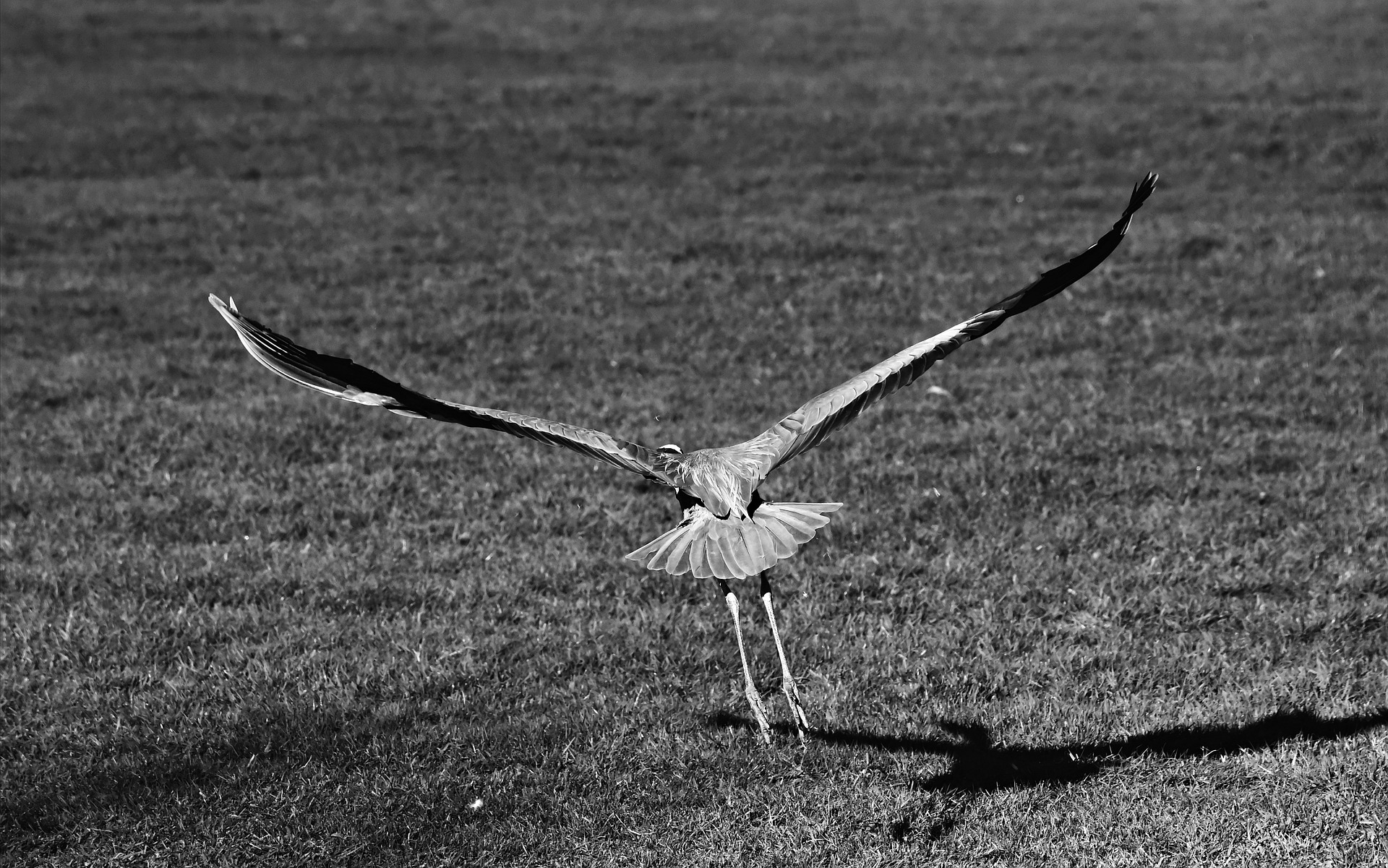„…and they rowed with full power – in the wrong direction.“
Reading Heidegger’s second major work (Beiträge zur Philosophie – Vom Ereignis) is like climbing the last hundred yards of the Mount Everest: Every little step takes a decade and is quite challenging. But with each step, the view gets more and more amazing: The question of the relation of „beying“ and „change“ has never been asked! How can we dare to state that we understand anything about change management? We follow blindly some unreflected methodological techniques, we do „stakeholder interviews“, create „personas“, map the „change journey“, do some involvement workshops to decrease resistance – but on what basis? What is the red thread that guides us? How can we know that we have to go faster, when to slow down, when to be absolutely clear and when to compromise? How do these techniques help us define what is the „right“ thing to do?

The problem is that we try to solve the mystery of change with the same mindset that create the urgency of change in the first place. Coming from a „technical“ mindset, so Heidegger, we try to plan, calculate, manipulate and exploit everything. In change management we exploit psychology in order to get people to do and like what we want them to do or like. We are too blind and impatient to reach any kind of fundamental insight on the concept of change. We are in a state of „Seinsvergessenheit“ (oblivion of being) and try to bring „meaning“ and the good of change to our teams. We do not know what we are doing because we never think what is means „to be“.
Here, Heidegger’s fundamental ontology of being is a fruitful soil, starting with the question of the „meaning“ of being (see „Sein und Zeit“) and evolving over the years to the question of „truth“ of beying. The meaning of being is determined as a „care-structure“ (Sorge, Besorgen, Fürsorge, etc.) with the tyically German „Angst“ as a basic mood and directed towards its final completion: Death. Wow. Truly existentialist timbre, but indeed pointing to a common experience of being driven by fear and underlying worry – so we „manage“ and try to control things, work and hustle. In his later work Heidegger’s formulation of his core question changes to the „truth“ of beying. This is a new aspect. Heidegger uses the term „bergen“ (discovering) of truth which is related liguistically to „Geborgenheit“ (shelteredness) in context with truth. Very interesting. So – how can truth help us feel safe and sheltered in change?
First of all, we need to differentiate the traditional definition of truth from Heidegger’s understanding: Truth is not seen any longer as a judgement of conformity of e.g. a statement and „reality“ but as a process of discovering, removing layers of a phenomenon to enable to show itself from itself. So, truth can never be dogmatic but is a task of being „on its way“, in process of discovery of something hidden, which is already there and very close to oneself. So close that it is hard to recognize it!
Truth is a matter of our core essence, our „Wesen“: In our everyday being this essence may be veiled, but still referring to the truth since being covered up bears in it the possibility of disclosure, a future projection of ourselves, an option waiting to be understood and realized. Truth means to find home to oneself. We may live a life based on concepts and focused on outer things (Seiendes) with which we deal day in and day out. This is what Heidegger calls living „uneigentlich“ (inauthentic). But in some moments, this crust of everydayness gets thinner; and in crisis (or though contemplative, thorough thinking), it might even break. Trough these cracks the light of our true self shines trough, calling us to wake up. These moments are the „Lichtung“ (opening, glade). Heidegger describes the experience of sitting still in solitude, joyfully present at the“bonfire of beying“. In my research, these awakening moments had enormous firepower: They kicked off turbulences and resulted in a major life shifts. In the end of one case, a peaceful, integrated state of being was reached. This person is now able to manage organizational change smoothly from an inner balanced position of an authentic self.
Truth has great potential to set the ground for any change that shall be sustainable in the end. On a false presumptions, all change efforts are in vain. It is like a ship going „full steam ahead“ – and after weeks and years wondering why they never arrive at their destination, tired, frustrated, accusing each other.
Starting this journey of discovering and understanding the inner truth of ourselves, our teams and organizations seems to be an ultimate ride and at the same time providing us with stability and orientation. My hypothesis: There is no real change without „real-ness“ of what is already there, but only covered up. Being truthful is the openness for what is hidden. What an exciting, challenging adventure, with no need to row all the time, but mindful awareness to set the sails in the right direction…
Stay bold and enjoy the ride!
 One challenge in comparison to e.g. the Content Analysis of P. Mayring is my approach to leave out any prior categories and let the themes emerge from the text themselves. That was hard – and will be even harder when it comes to comparison of my different cases – no common structure! But still, the outcome is really impressive – a coherent story („themes“) around being „Fr-agile“ as a life motto and strong evidence how life mirrors our personal degree of development.
One challenge in comparison to e.g. the Content Analysis of P. Mayring is my approach to leave out any prior categories and let the themes emerge from the text themselves. That was hard – and will be even harder when it comes to comparison of my different cases – no common structure! But still, the outcome is really impressive – a coherent story („themes“) around being „Fr-agile“ as a life motto and strong evidence how life mirrors our personal degree of development.